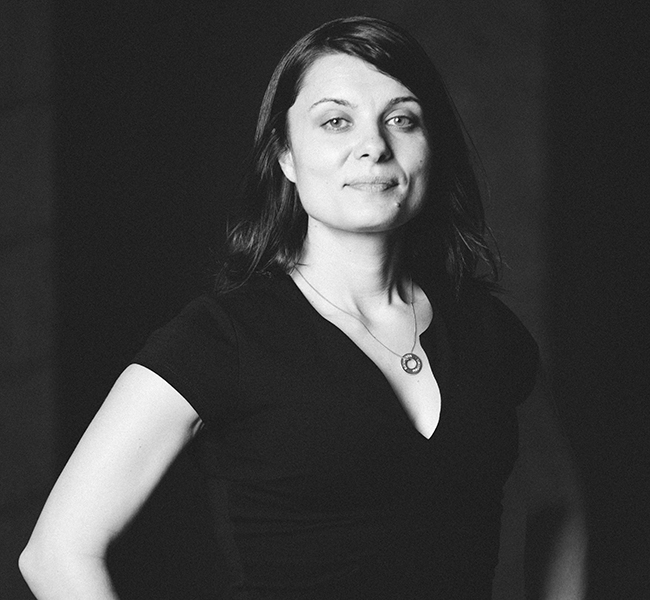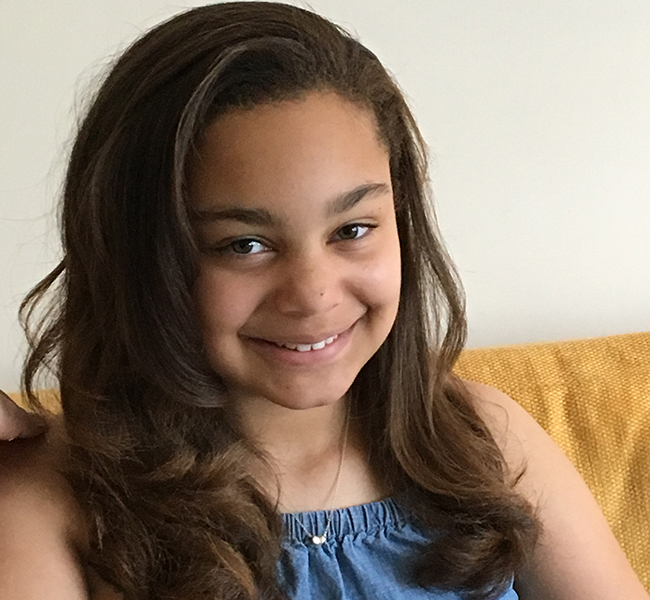The Trump Effect, One Year Later: Thousands of Women Running for Office

On election night last November, Nadya Okamoto gathered with friends in the dining hall of her dorm at Harvard University in Cambridge, Massachusetts. Okamoto, then 18, wore a Hillary Clinton T-shirt—earlier that day, she’d voted for Clinton—and felt “pumped that the first woman in history would be elected.” Two years before, she had co-founded a nonprofit, PERIOD, that provided tampons to homeless women and girls. She’d helped launch a movement to destigmatize menstruation and, like many women, was troubled by the way Donald Trump talked about women during his campaign.
As the results came in that night, her exhilaration drained. “I was so sad, angry, I was crying,” she said. But as she looked around at her devastated classmates, her body kicked into fight mode. She wondered what she could do.
It was the same story across the United States.
In Piedmont, California, Gina Scialabba, an attorney who volunteered with Clinton’s campaign, started out the evening celebrating. By the end of the night, she was heartbroken and confused. As the weeks went by, she worried about the future of health care and marriage equality under a Trump administration—and whether her own plans to marry her partner would be threatened. She began to express her opinions more openly.
“You should run,” Scialabba’s friends told her.

-
Nadya Okamoto, Cambridge, Massachusetts. When the Harvard freshman saw fellow classmates displaced by gentrification in Cambridge, she launched a campaign to become the youngest city councilmember. Photo by Sydney Claire Photography.
In the year since Trump won the presidency, groups working toward women’s political empowerment have reported an unprecedented surge of interest in politics, especially at the local level. Thousands of women who had not considered or embarked on bids for office began stepping up, nominating themselves for everything from school boards to U.S. Congress. Deborah Walsh, director of the Center for American Women and Politics at Rutgers University, said the day of the election she worried that women would “just pull the covers over their heads.”
Instead, she saw the opposite: The next day, she started receiving applications for CAWP’s Ready to Run campaign training camp. By the end of the year, the number of registrations had surged by a factor of 10.
Kimberly Peeler-Allen, co-founder of Higher Heights, a group focused on Black women’s political participation, was contacted by dozens of women interested in running immediately after the election, and more than 1,000 women came to one of her leadership seminars. The defeat of “the most qualified candidate either party has ever put up in history,” Peeler-Allen said, “has had women—particularly Black women—saying, ‘If I don’t step up, who will?’”
In Cambridge, Okamoto was worried about gentrification and had been sending ideas to her local leaders. “People said, ‘If you have so many ideas, why don’t you run yourself?’” she said. “So I was like, OK, fine. I’ll run for office.”
-

-
Gina Scialabba, Piedmont, California. Scialabba, who serves on the public safety commission in Piedmont, California, dreams of becoming the state’s first lesbian senator and wants to fight for fair access to health care. Her mother died of breast cancer after struggling to get quality care.
Neither Okamoto nor Scialabba knew exactly where to start. They joined an incubator run by the organization She Should Run, which recruits, trains, and shepherds women through the process of running for office. When the group launched its first programs in 2011, it typically drew 50 to 100 interested women. In the past year, they have welcomed about 16,000 women into their campaign training programs.
“It’s truly been a moment where we’ve seen women begin to own their potential for elected office,” said Clare Bresnahan, the organization’s executive director. She Should Run helped Okamoto launch a campaign to be the youngest member of Cambridge’s city council and is guiding Scialabba through a yearlong exploration of her political future before she makes a bid for office. “A lot of what She Should Run does is about giving a community to women, who are really encouraging one another to go big,” Bresnahan said.
When women and men are not equally represented in government, the resulting policies do not fully promote women’s interests. One of She Should Run’s goals is to, by 2030, help achieve parity in politics—women holding at least half of the 500,000 elected seats nationwide. Going into the off-year election season of 2017, women occupied just 105 of the 535 seats—19.6 percent—in the U.S. Congress, 24 percent of statewide elective executive offices, such as governor and attorney general, and 25 percent of state legislative offices. Only 20 of the country’s 100 largest cities had female mayors.

-
Carol Surveyor, Salt Lake City, Utah. Surveyor’s mother was murdered on the Navajo reservation in 2015. Now she’s running for Congress in Utah’s 2nd District to fight violence against women and stand up for environmental sites sacred to Natives. Photo by Cat Palmer.
It’s not that women can’t win elections. In fact, research shows that when women run, they have an equal chance of winning. The problem is that too few step forward.
There are plenty of reasons why that is the case. Many women already juggle full-time jobs and raising children, which puts campaign work out of reach. A 2009 CAWP study examining paths to state legislative offices found that women are on average 50 years old when they first run for office, while their male peers tend to launch political campaigns much younger. “We used to hear that what women needed was a wife,” CAWP’s Deborah Walsh said.
Groups like She Should Run hope the networks of support they’re building among thousands of future candidates can change this landscape. This year, legislative elections in New Jersey and Virginia provided a first glimpse into what we may see more broadly in 2018: Both states had more women running than before, and Virginia saw a 60 percent increase from the previous election cycle.
But Bresnahan cautions against putting too much stock in 2018. What’s important, she said, is seeding the pipeline for the long term—planning for the “decade of the woman” rather than the “year of the woman”—and preparing millennials for a lifetime of active engagement. She wants them to say, “Wow, my friend thinks I can do this. My neighbor is doing it. I could do it, too.”

-
Ryen Rasmussen, Washington, D.C. Rasmussen, 12, was exposed to politics when her mom founded the Girls in Politics Initiative, which encourages girls’ leadership. She’s passionate about women’s rights, and Trump’s win pushed her to run for student council—she said her 7th-grade class has a “dangerous habit of only electing males.” Rasmussen’s Twitter profile reads, #futurepresident.
Scialabba hopes to run for office in the near future; meanwhile, she’s getting involved with her community however she can. Earlier this year, she applied for a seat on the Piedmont public safety commission. One of her first tasks was helping launch a dog-walker safety program.
“Every time someone asks if there’s someone who can do something for the community, I raise my hand and do it,” Scialabba said. “The best way I can be a part of it is to literally just show up and do it.”
The 2016 presidential election provided a wake-up call for women across the country. But rather than showing that women can’t win, it has proved to women such as Scialabba and Okamoto that now, more than ever, they are called to do more than root from the sidelines.
